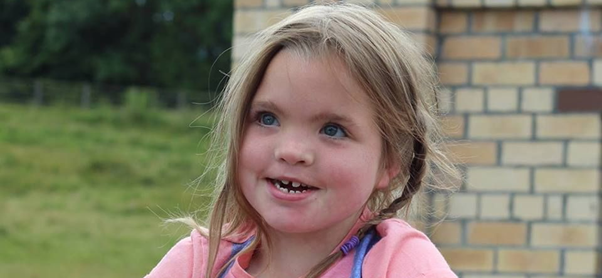Repetitive Behaviour in Kleefstra Syndrome
A range of repetitive behaviours are common in Kleefstra syndrome, particularly stereotyped behaviour (e.g. repetitive finger movements). Repetitive behaviours are one characteristic of Autism Spectrum Disorder, however, it is not the only characteristic that a person must show to be given a diagnosis. To read more about Autism Spectrum Disorder in Kleefstra syndrome click here. You can read general background information about repetitive behaviour by visiting our key topics area and selecting 'repetitive behaviour' from the drop down menu.
There are lots of different types of repetitive behaviours and the types of behaviour a person shows and the frequency they show these behaviours can depend on the syndrome that they are diagnosed with. Research conducted at the University of Birmingham has looked at the profile of repetitive behaviour in Kleefstra syndrome. This research is in its early stages and has not yet been published in a scientific journal, which means it has to be interpreted very carefully. However, so far this research suggests that of 16 individuals aged 4-16 years with 9q34 deletions:
- 8 out of 10 showed object stereotypy (e.g. spinning an object, twiddling string)
- 7 out of 10 showed body stereotypy (e.g. rocking/spinning around)
- 8 out of 10 showed hand stereotypy (e.g. repetitive movements of the fingers) more than once a day or more
- 9 out of 10 showed repetitive phrase or repetitive signing.
The information on this website was developed in collaboration with www.kleefstrasyndrome.org. This is the parental support group for Kleefstra, a well-developed community with an active facebook group and parent support conference. Please visit their website for further information and to get in touch with families of individuals with Kleefstra syndrome.




